"You can't make great zero kilometer violins."
- At the time of 3D printers, the Belarusian luthier Patxi Atozki continues to make violins with holy wood, Dolomite wood, cooked resin and Mongolian horsehair, to the Stradivarius. It will be for something.
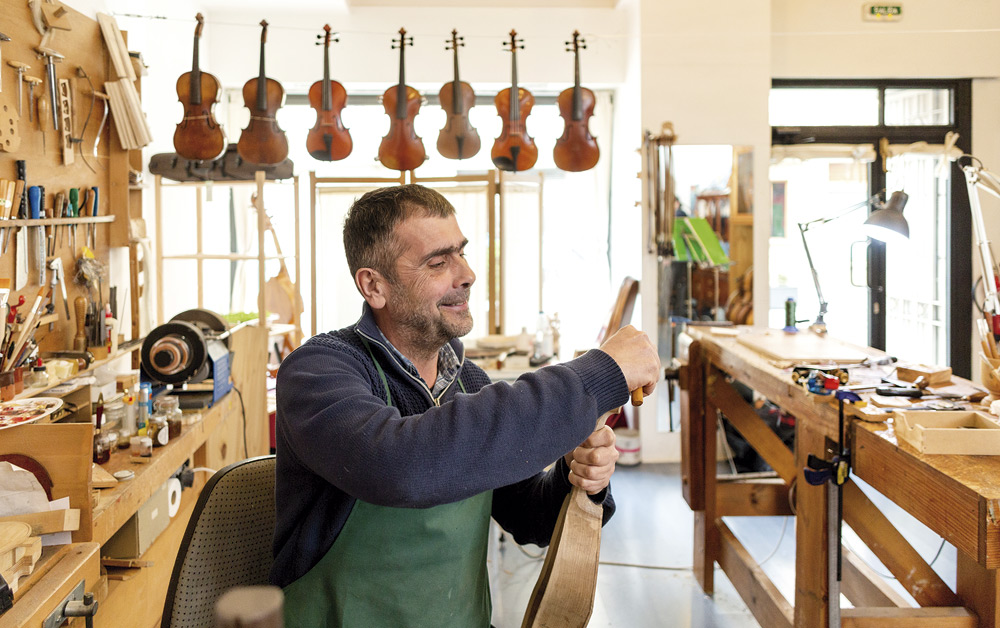
Luthierra, artisaua eta musikaria. Irakasle izan ondoren, luthier ikasketak egiteari lotu zitzaion Bilboko Juan Crisóstomo de Arriaga kontserbatorioan. Ondoren, Cremona (Italia) Stradivariren herrira, joan zen eraikuntza tekniketan eta bernizatuan sakondu nahian. 1992an, tailerra Iruñean ezarri zuen, eta harez geroztik, hari-kuartetoa eskuz zaharberritzeari eta egiteari emana bizi da. 1993an, Pablo Sarasate nazioarteko lehen biolin lehiaketaren karira, Sarasateren beraren Villaume biolina doitzeko aukera izan zuen.
How did you become luthier?
I studied viola in the conservatory. I also studied teaching and worked as a teacher, but I didn't see myself forever in school. At that time I began to work the wood by hand with the tallist Javier Fernández de Pamplona, which has always been my great hobby for artisanal work and music.
I had been teaching for four years, and by chance I learned that at the Conservatory Juan Crisóstomo in Arriaga in Bilbao they were beginning to offer luthier studies. In addition, Fernando Lakunza, from the Haizea store of Kale Nagusia, told me that it could be a good option for me, because here in Pamplona there were no such professionals. I saw the opportunity to unite my two passions. Leaving everything, I went there. I learned a lot, among other things, with Jesus Alonso, a doctor in acoustics. He has been a doctor at the Real Instituto Tecnológico de Stockholm.
After three years in Bilbao, in 1991 I went to Italy, to Cremona, the city of [Antonio] Stradivari. Today there are very good luthiers there and one of them, Pierangelo Balzarini, came to Bilbao to take a course. He invited me to go there and for a year I went to Cremona to delve into the building and varnishing techniques. Then, when I returned to Pamplona, I opened the workshop.
In the heart of the city, isn't it?
Yes. I started working in 1992 on a small floor on Jarauta Street. Two years later I moved to Plaza del Castillo, where I've been to this day. In December 2010, I opened a new working centre at Kale Berria to provide the best customer service.
The new workplace is more accessible and can be reached by car to the same door. Being bigger, the work is better organized: shop, workshop and warehouse. In addition, it gives me the opportunity to show more and more instruments, like cellars and their covers. As the space is larger, the products are well visible and can be tested comfortably.
"Violin blankets are made with beets, the Alps or the Dolomites. Stradivari and the luthiers of his time also carried wood there. We bring wood for the arches of Pernambuco, Brazil, and yarns of Mongolia"
Do you have a lot of work?
Depending on the time. At the beginning of the course I have a lot of work because many students want to prepare their tools for the classes. In these times, I stop making new tools and I'm dedicated to repairs.
What musical instruments do you work with?
Here we are experts in the sale of instruments with bow and auxiliary parts, as well as in the repair of violins, violas, cellars and double basins.
Work with bow instruments. They're the ones who use the instrument called arc to vibrate the yarn. The main ones are those of the family of the old violin (viola da gamba, viola da braccio, viola d’amore...) and those of the family of the modern violin (violin, viola, cello and contrabajo). Now, for example, I'm doing a viola da gamba soprano, the smallest violet.
Does it make new tools on request?
Normally, yes. Other times, instead, I do the instrument first and then I teach it to musicians who may be interested in acquiring it, to see if they like it. I put honey in your mouth.
Sometimes make news and sometimes fix the old ones. Are you the violin doctor?
Yes, doctor and surgeon. Sometimes touching the soul of the violin is enough to completely change the sound.
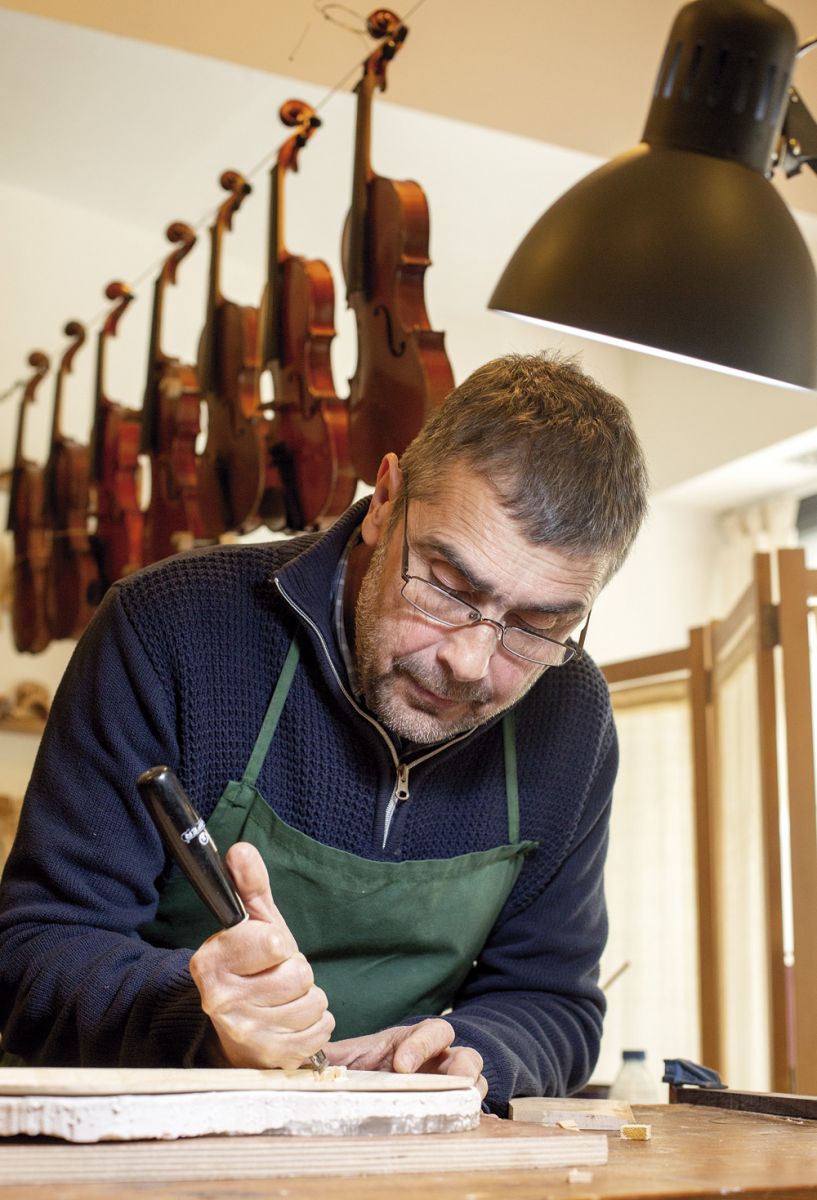
Soul?
Yes. In the violin and related string instruments, the wooden piece that connects the harmonic table with the lower surface is called soul. It is placed near the ground floor of the bridge and maintains the wire tension, transmitting the vibrations to the whole body of the instrument. This piece is locked in the pressure, but it can move and the violin emits one or the other sound depending on its location.
And the bridge, what is it?
The vibration that occurs when rubbing the strings is a piece of wood that passes into the box. After all, the box is an amplifier that increases the sound. The bridge does a lot of strength and sometimes, when moving, the soul can fall.
Are all the tools different?
The construction of crates and bridges has evolved a lot and the way to do so has been unified. At first, in the 16th century, there were different models of violin, but the craftsmanship of the bow instruments in the 18th century reached its peak at the hand of the school of Cremona and since then we tried to get closer to the melody and way of making the great masters acquired. For this purpose, we use wood from the same forests, with the best drying and the best acoustic characteristics.
What topics do you use?
Sound varies depending on shapes and materials. The way violins are made is very defined, but this is not the case with other instruments. There is no single model in the construction of biolas and many types of bridges are used, for example. For this piece that I'm doing now, I'm working on the Balkan spiders bridge. There they have very good conditions for making musical instruments for wood harvesting. We need very dense wood and the cold weather there makes the trees grow very slow.
So can't you make pieces of pine or eucalyptus?
No, but the top cover is. Violin blankets are made with Alpine or Dolomite beets. Stradivari and the luthiers of his time also carried wood there. The bees here, the Pyrenees, do not serve for that.
What do you do with arches?
We bring the wood for the arches of Pernambuco, Brazil, and the strands of Mongolia. They're Mongolian horse tail bristles.
Today, they breed horses on purpose for it. Some European companies clean, cut and market. Bow bristles should normally be changed once a year as they eventually lose their properties.
"Sarasate's violin had been inside a closet for over 80 years and if you don't touch the instrument you fall asleep. Now she's in a showcase, but I think you should use it again so you don't fall asleep.
Is it expensive to change the strings of the bow?
For an arc, six grams of hair are used and we get a quarter of a kilo of sows at EUR 300.
Angulas more than at Christmas…
Bah!
How do you get all these materials?
Now marketers often come to offer wood to the workshop. In addition, you will be able to find global suppliers from all over the world on the internet without problems. In France, for example, there are two companies that sell half-built bridges around the world, so that it ends as it wants.
Do you decide on the design and final design of the bridges yourself?
We usually copy or rely on the old models that exist in musical instrument museums.
Don't you use zero kilometer items?
Boj, yes. Some parts of the instruments require very hard wood and for this purpose the ebony, the holy pole and the boj are used. The boj here, the one of the Pyrenees, is very good. Great for making keys. On the mountain limestone branches of boj, I let them dry for years and I form them with the lathe. You always have to use old wood, the new wood moves and it gives you problems.
On the other hand, I have also used hairs from Ultzama mares to make arches, but not for violins, because they are very thick. I tested Javier Colina's contraband bow and it worked. They need dark and hard hair, and here the horse crines serve. It is clear that you cannot make big violins of zero kilometre.
And how do you get the varnishes?
We prepare them. There are many ways to varnish: with alcohol, with oil… We take the resin from the trees and cook it and then mix it with the oil. For sound it is very important that the varnish has the flexibility to give way to vibration. I usually do that work in Uztarroz, my wife's village, because you can't do it in the workshop. Taking advantage of the fact that we are in the village in summer, I prepare varnishes for the whole year. Then we mixed the colors as we wanted, but always following the Stradivarius model.
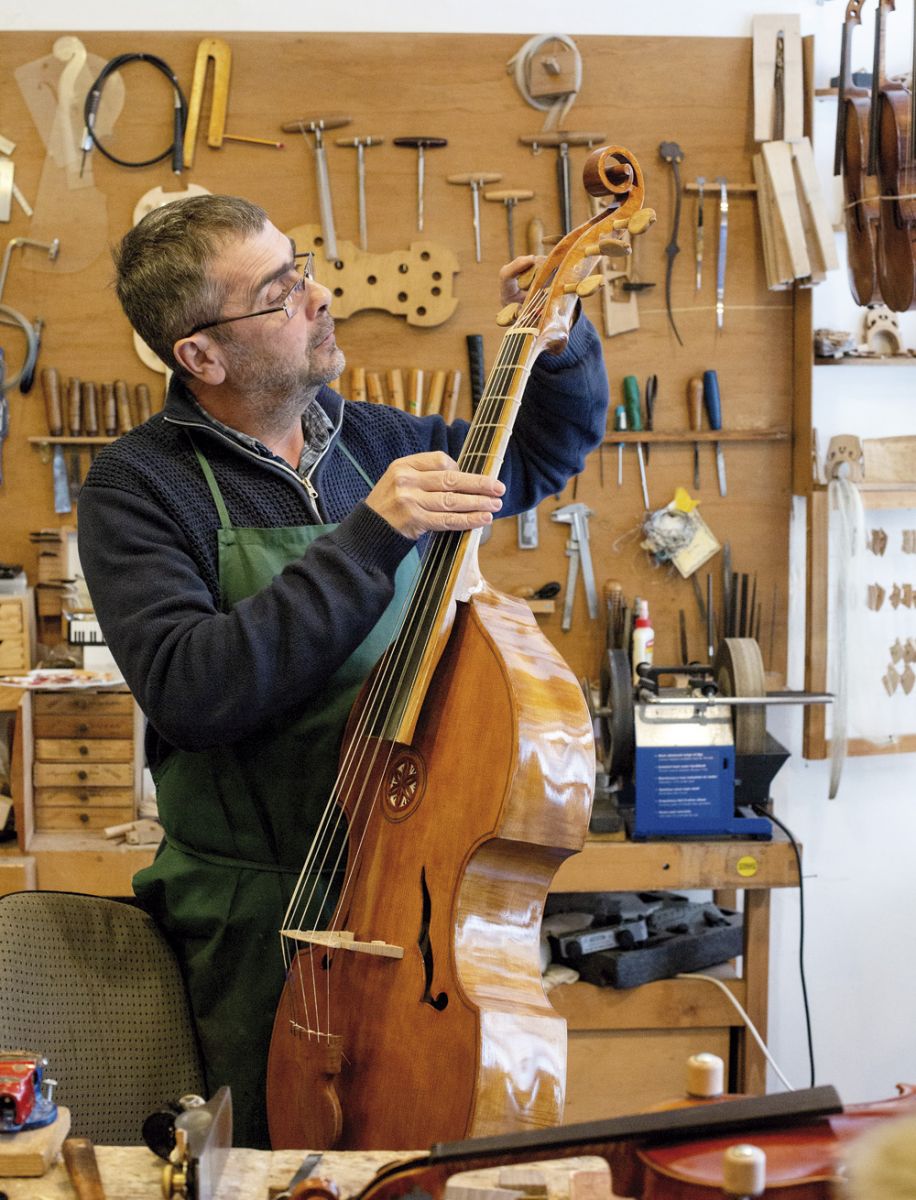
Here, in general, few new developments?
Yes, it is. We tried to mimic as best as possible Cremonan Stradivari, Amara, Guarni… what they did in their day. There was great competition between them and the technique developed enormously. Today there is a great tradition in Europe and everywhere now there are excellent creators.
Where do your customers come from?
From here, from Euskal Herria and also from other places. They usually come from Aragon and La Rioja, for example.
How much does a new violin cost?
The price of one of them by hand ranges from EUR 6,000 to EUR 15,000 respectively. Manufactured in factory and finished by us, it can cost about 3,000 euros; manufactured in factory and with capacity to start playing, about 300 euros. They are also cheaper, of course, but without quality. Luthiers who produce only new instruments can produce four or six pieces a year. It can measure the number of working hours required for the production of each instrument.
From your operating table was a Sarasate violin, right?
Yes. In 1993, they took me to repair the violin that Jean Baptiste Vuillaum made for Sarasate in the 19th century. It was pretty good, but I had to adjust his keys and his soul was quite falling. That violin is from the City Hall and they brought it to me to fit him to the last performance of the great violinist Ruggiero Ricci in the Sarasate competition. She had been in a closet for over 80 years, and if you don't touch an instrument, she sleeps. Now she's in a showcase, but I think it would be better to use it again so she doesn't fall asleep.
Is this job properly rated in your figure?
Yes. Craft work is highly valued, especially among professional musicians. Their instrument is for them the axis of the trade.
XAK
Xak
Mukuru, 2025
---------------------------------------------------------------
If you’ve listened and you haven’t been sober, I’d tell you: listen again. The Bajoran Paxkal Irigoyen just made what will be my favorite album of the year, this time under the... [+]
THE AZETangana! and Mark Duti
Where: Festival IV, in the Korda space and Youth Centre of Vitoria-Gasteiz.
When: May 10th.
Ilusioz mintzo da Shrabani Aranzabe-Pita (Orissa, India, 1999) musikari, ikerlari eta pedagogoa. Alkizan (Gipuzkoa) hazi eta hezi da. Pandemian minbizia izan zuen, eta prozesu onkologiko horretatik Naturaren Doinuak jaialdia eta proiektua sortu du. Aurtengo jaialdia ekainaren... [+]
By Samuel Mariño + Gabta Consort
Director and violin soloist: Assisted by Stefano Barneschi.
What is it about? Works by Purcell, Händel, Geminiani, Vivaldi and Graun.
When: May 9th.
In which: At the Baluarte Palace in Pamplona.
... [+]
It's on
JOHN DEALER & COCONUTS
Ghost Highway, 2025
------------------------------------------------------
Adin batetik aurrera kontzertuak, diskoak eta kantuak bizkarrean eta burmuinean pilatuta, eta musika entzuteko denbora murritzagoa bilakatuta, taldeak bilatu... [+]
Esperoan
Hiuzz
Self-production (collective slow days), 2024
The group of groups that pass unnoticed is getting bigger, or at least bigger than ever. Although Hiuzz’s Esperoan is a few months old, I didn’t make... [+]
BRN + Neighborhood and Sain Mountain + Odei + Monsieur le crepe and Muxker
What: The harvest party.
When: May 2nd.
In which: In the Bilborock Room.
---------------------------------------------------------
The seeds sown need water, light and time to germinate. Nature has... [+]









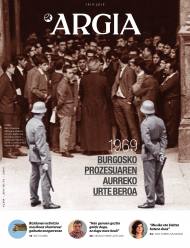

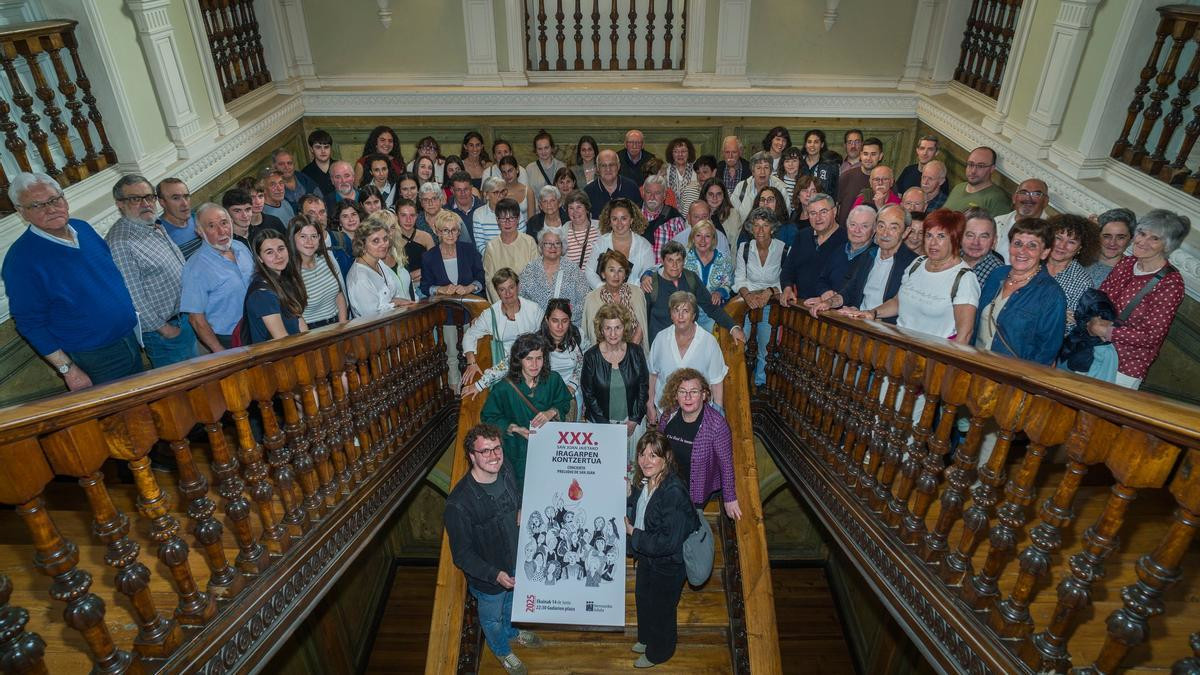
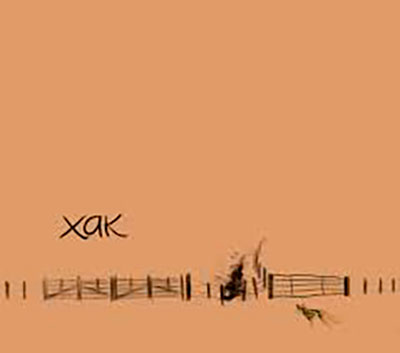
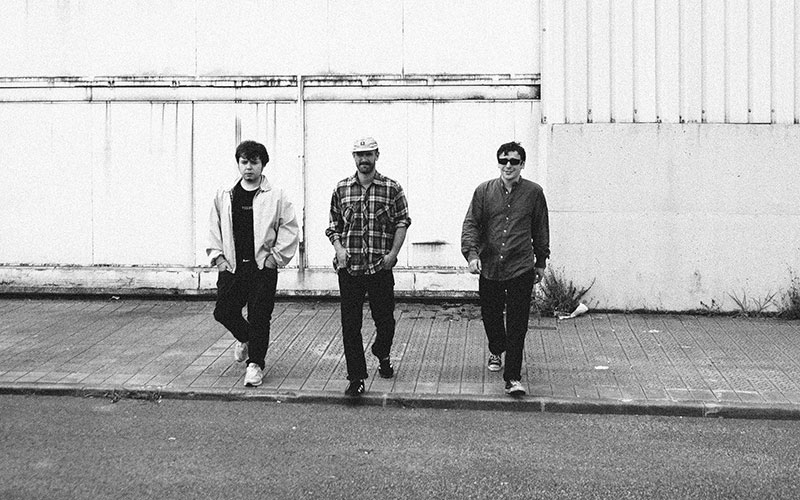
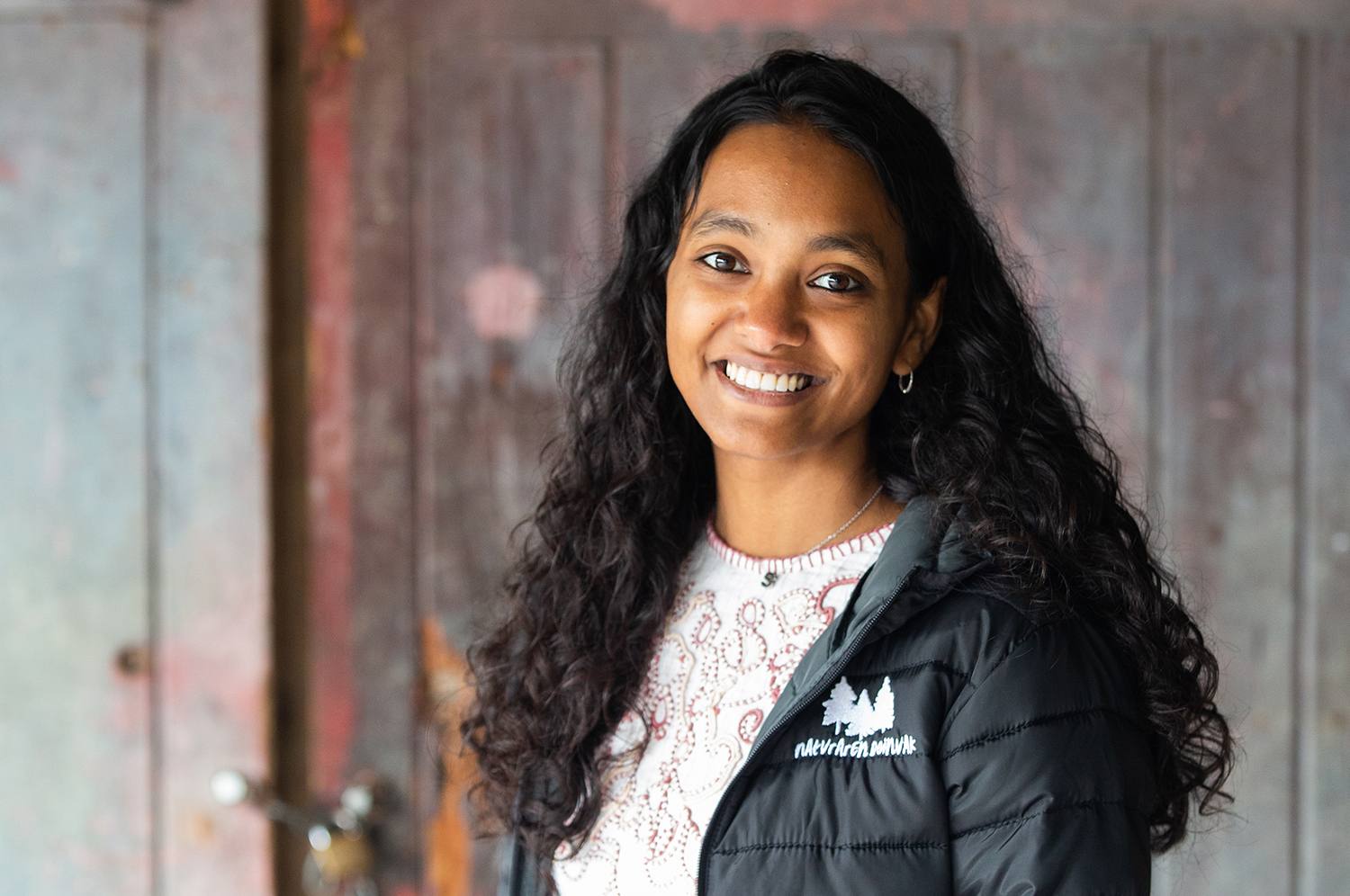
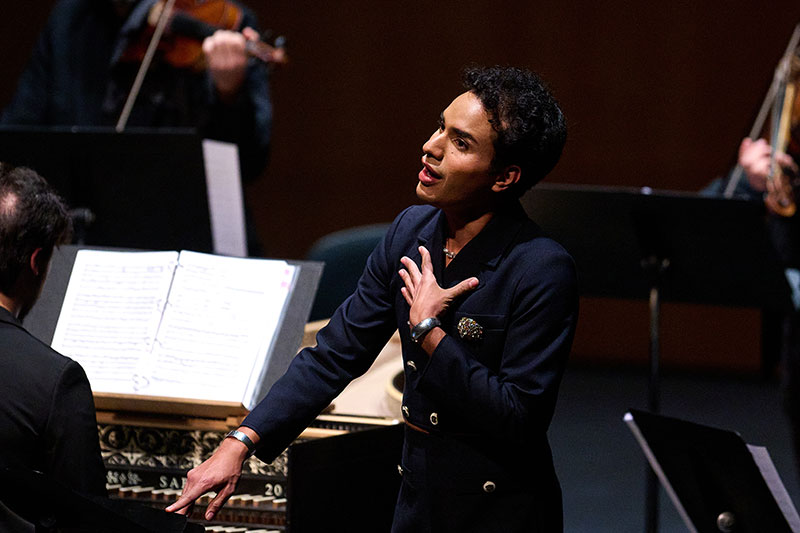

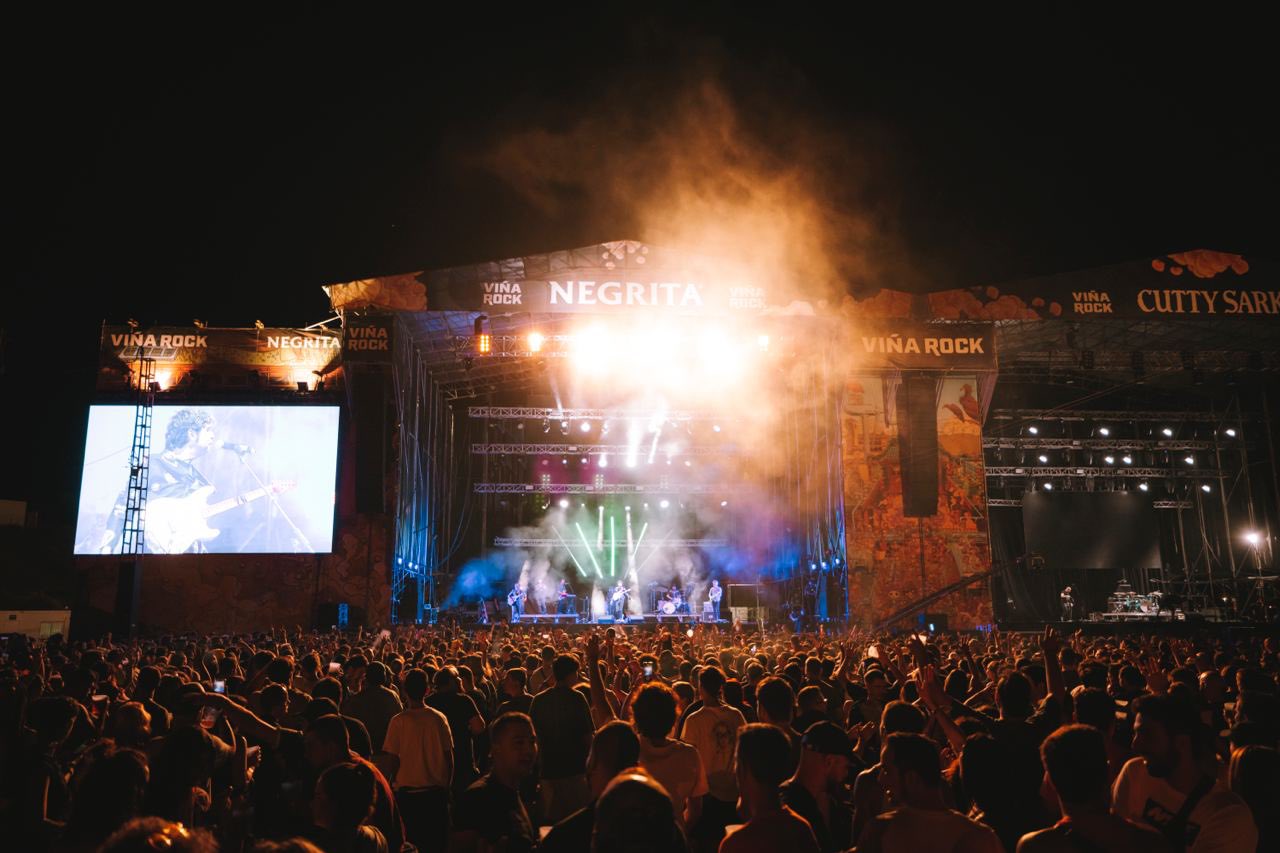




.jpg)
